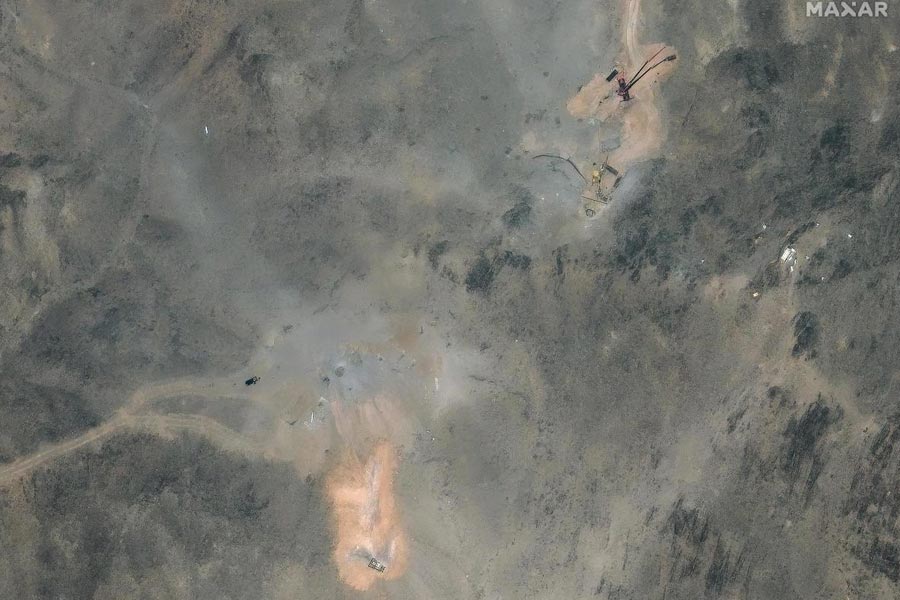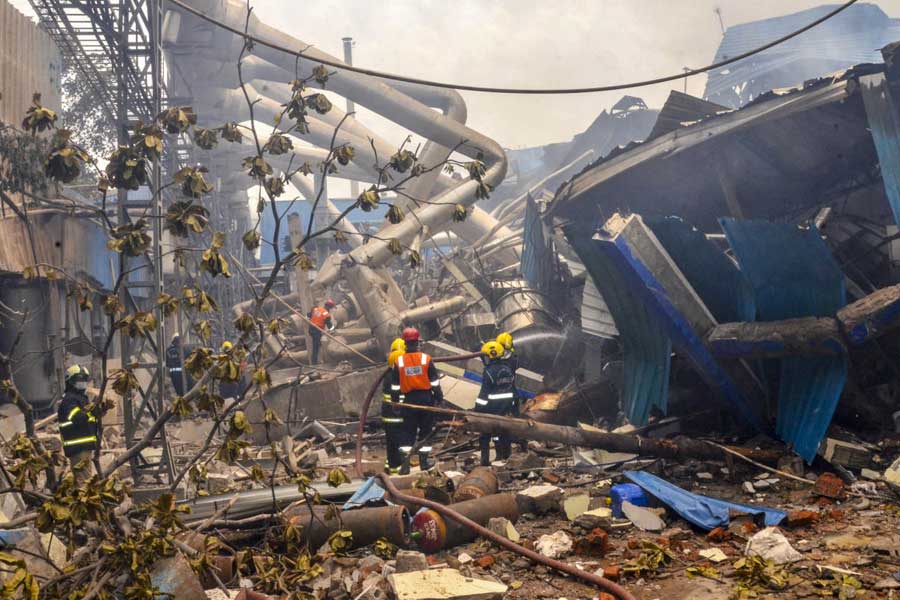 |
| The Alps |
Sion (Switzerland), Aug. 21 (Reuters): Greyed by the heat and riven with deep cracks, Switzerland’s mighty Alpine glaciers are shrinking at a record rate in this summer’s sizzling sun.
Scientists may disagree over some of the causes of the heat wave which has sent temperatures soaring in Europe and about how much people are contributing to global warming, but the effects high in the Alpine valleys are visible.
The Alpine glaciers, source of some of Europe’s biggest rivers, have been in retreat for more than a century, but the loss of ice has speeded this year as temperatures have soared.
“The rate of ice melt is some three or four times the usual amount,” said Charly Wuilloud, head of the department of natural dangers at the Valais state forestry department.
Some 3,000 metres above the Rhone valley in southern Switzerland, at the junction of the Ferpecles and Mount Mine glaciers, the temperature is an unusually warm 15-20 degrees Celsius.
Sporting sunglasses and a short-sleeved shirt more typical of beach ware, Wuilloud pointed to the rush of melt water streaming from the ice wall of the Ferpecles glacier.
The so-called equilibrium line, the point at which any fresh snow or rain falling will turn to ice and not melt or run off, is some 300-400 metres higher up the mountain this year than usual this summer, he added.
At one time, the 6-km-long Ferpecles and Mount Mine, some 4 km in extension, joined to form a forked tongue of ice stretching down into the valley.
Lines gouged into the mountain side tens of metres above the valley floor show the height to which the ice once reached.
Scientists say Europe’s glaciers have been shrinking since the 1850s, initially as a result of a natural warming of the earth following a 250-year cold snap.
But the process has picked up pace over recent decades — particularly since the 1970s — under the impact of global warming fuelled — many scientists believe — by high emissions of greenhouse gases.
According to the United Nations’ International Panel for Climate Change (IPCC), the average temperature of the earth rose 0.5 degree Celsius during the 20th century and could rise several times that rate over the next 100 years.
Back in the 1990s, even before this year’s blistering summer, geologists at the Zurich-based World Glacier Monitoring Service forecast that the glaciers would shrink to just 10 per cent of their 1850 size by the end of the 21st century.
By 1970, they had already declined to around half and were seen losing a further 50 per cent by 2025, according to geography professor Wilfried Haeberli of the University of Zurich. The latest estimates are that 25-30 per cent have already gone.










